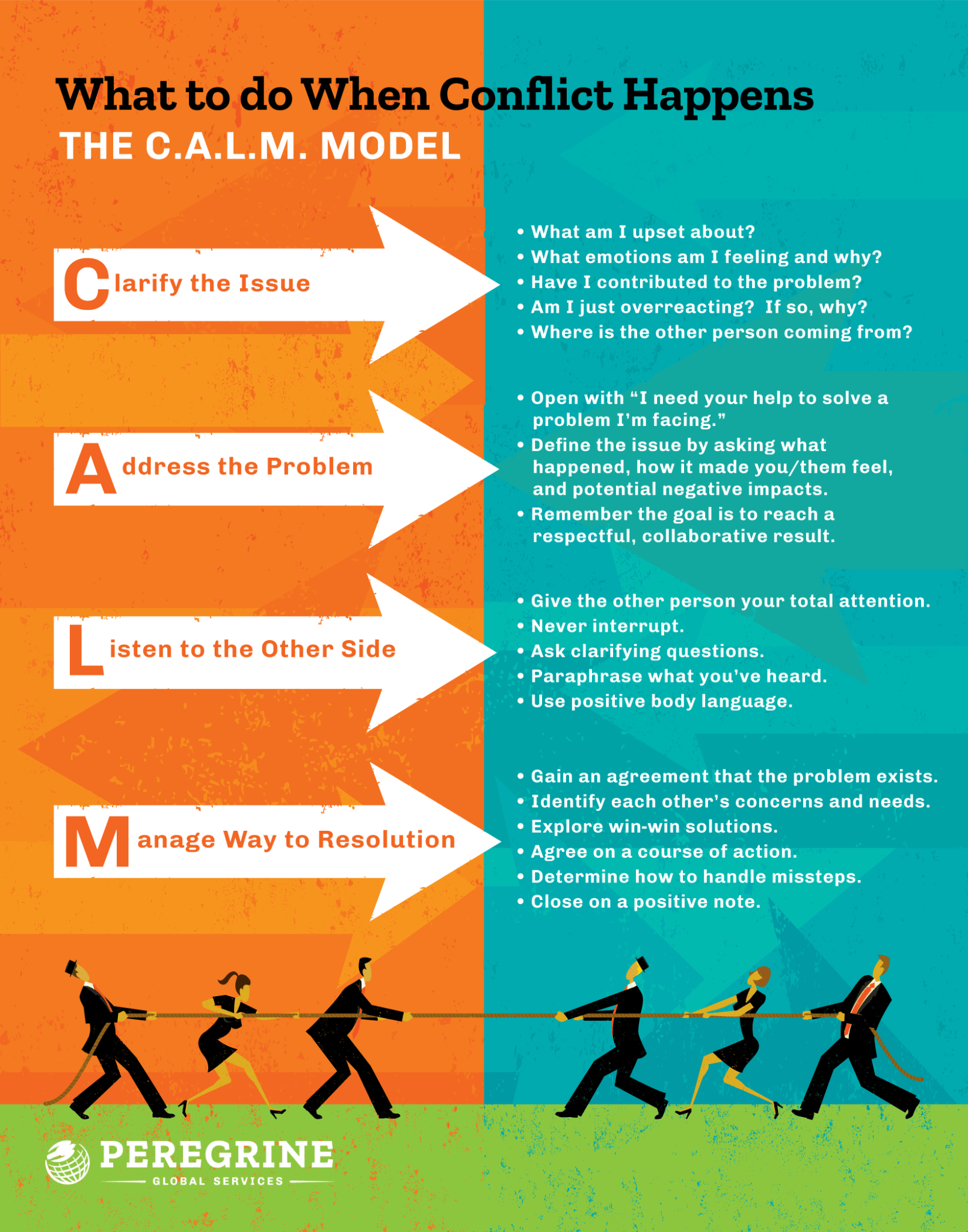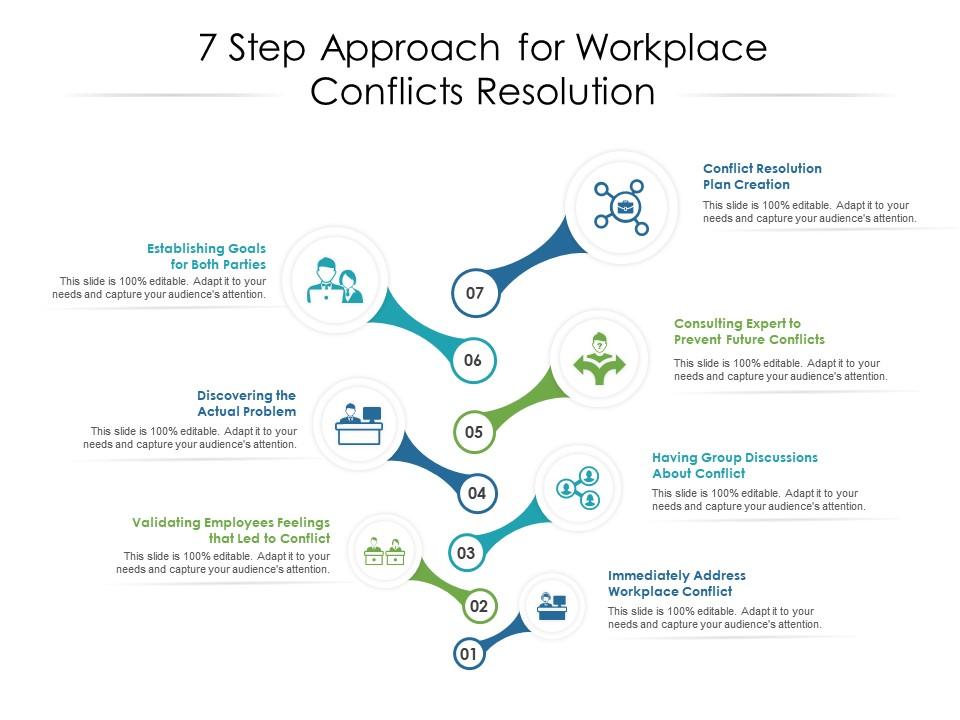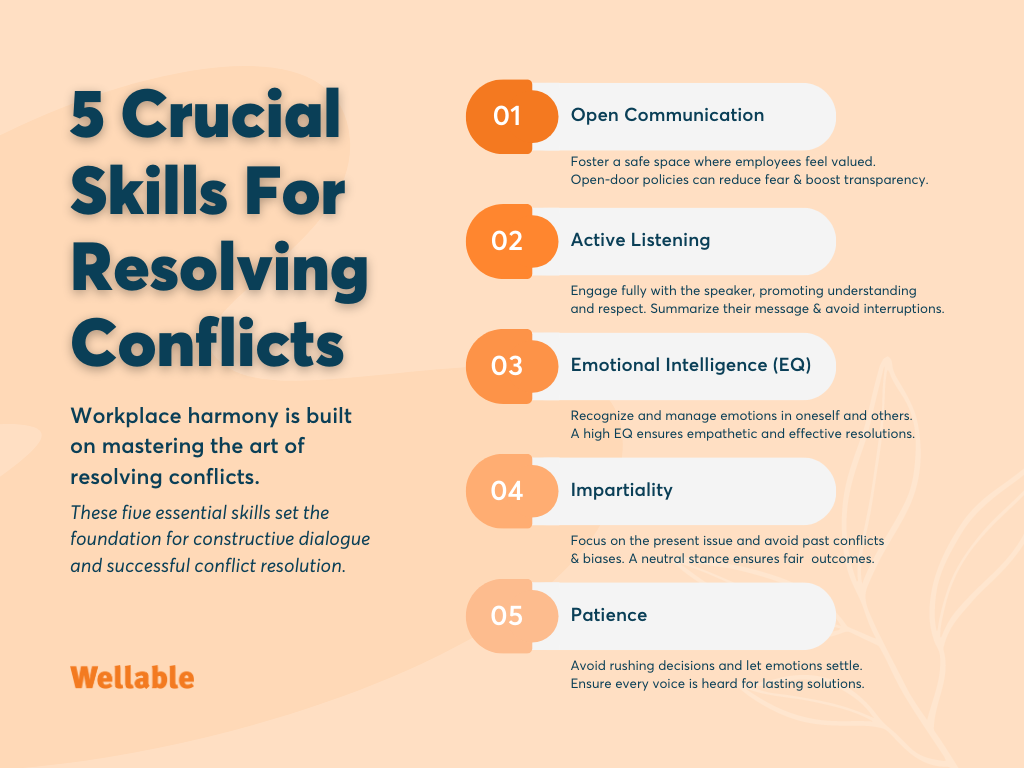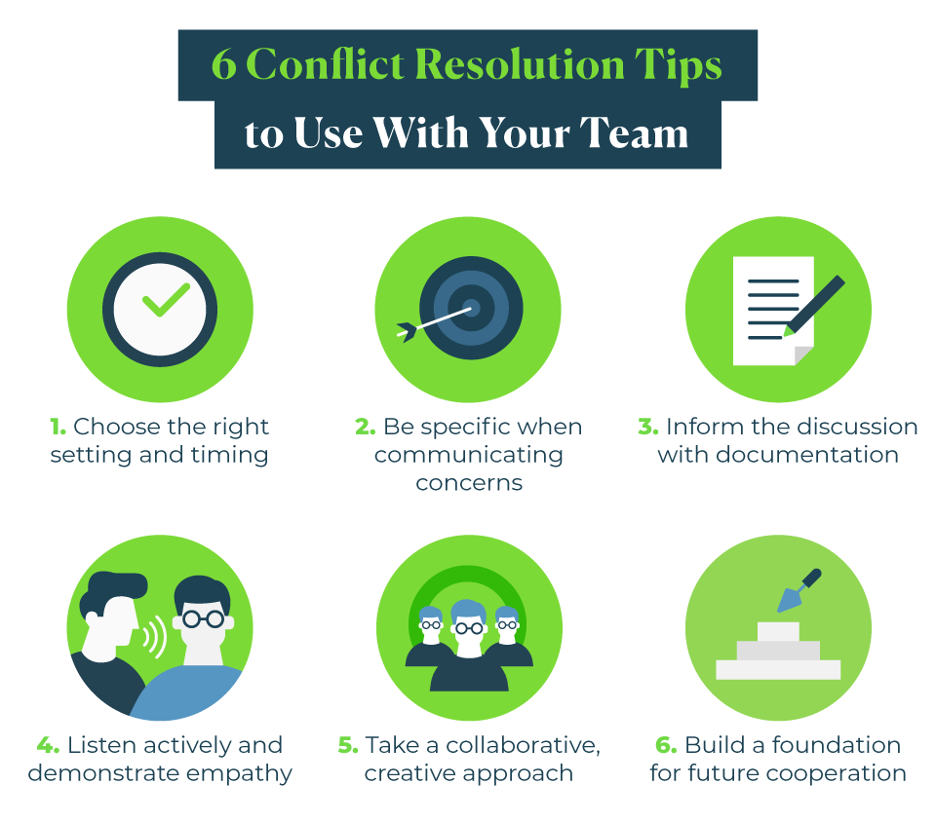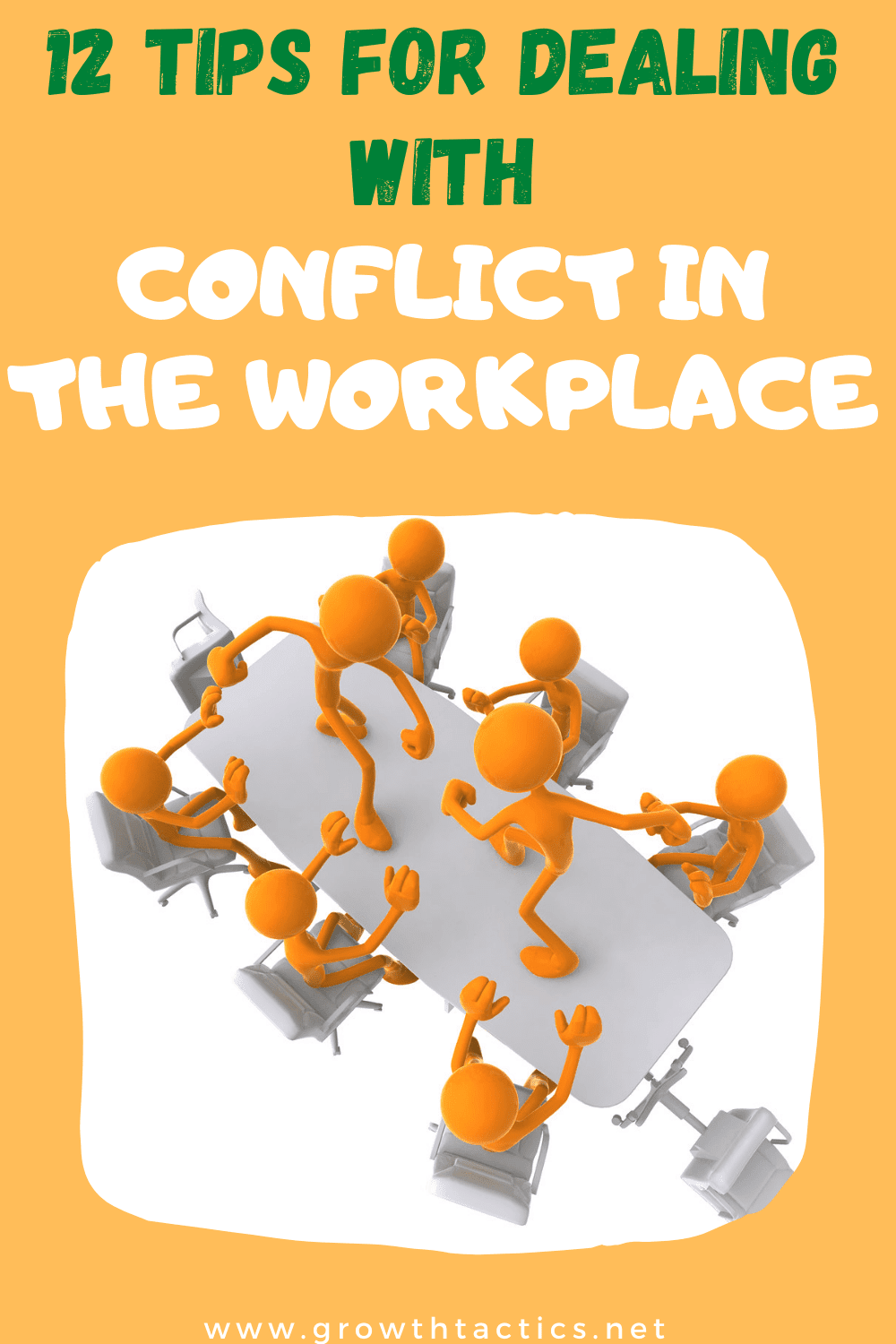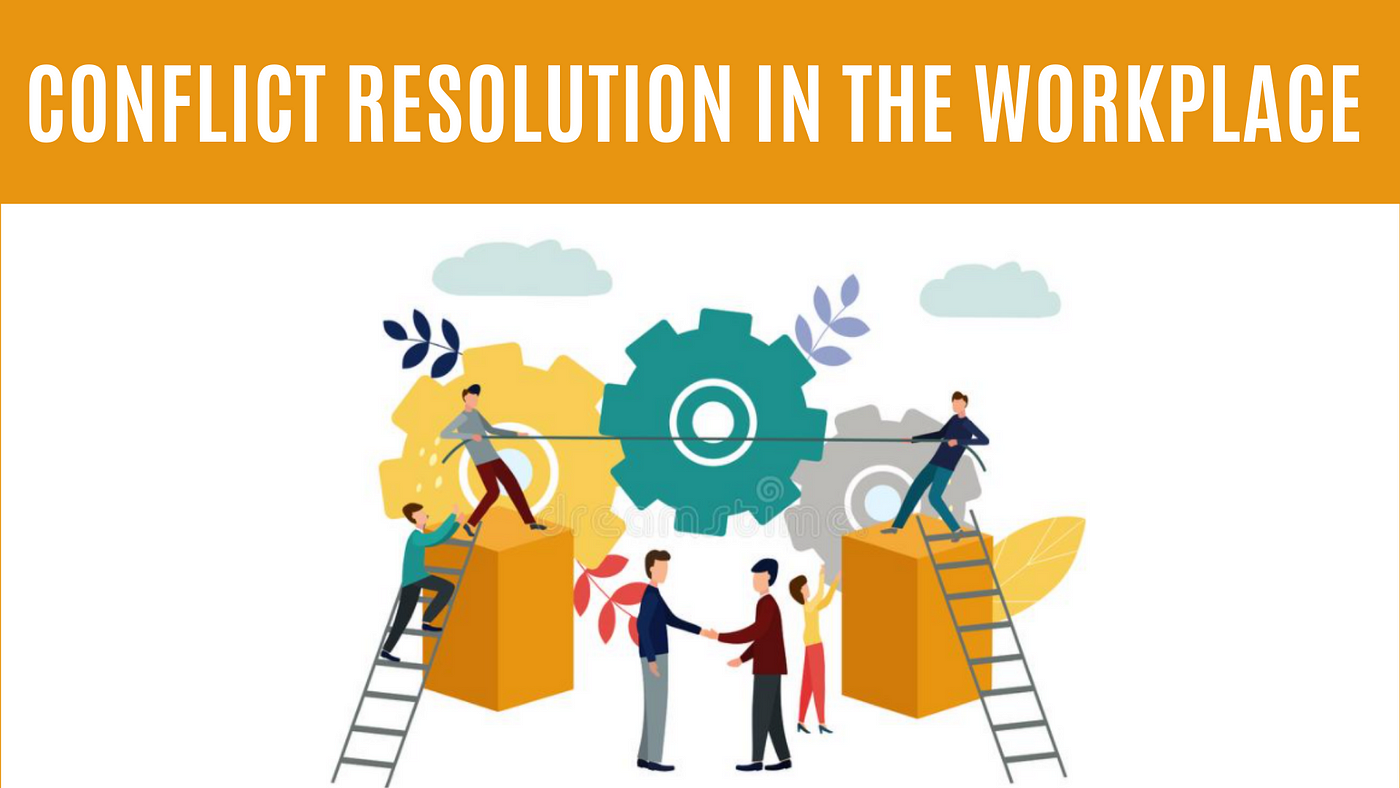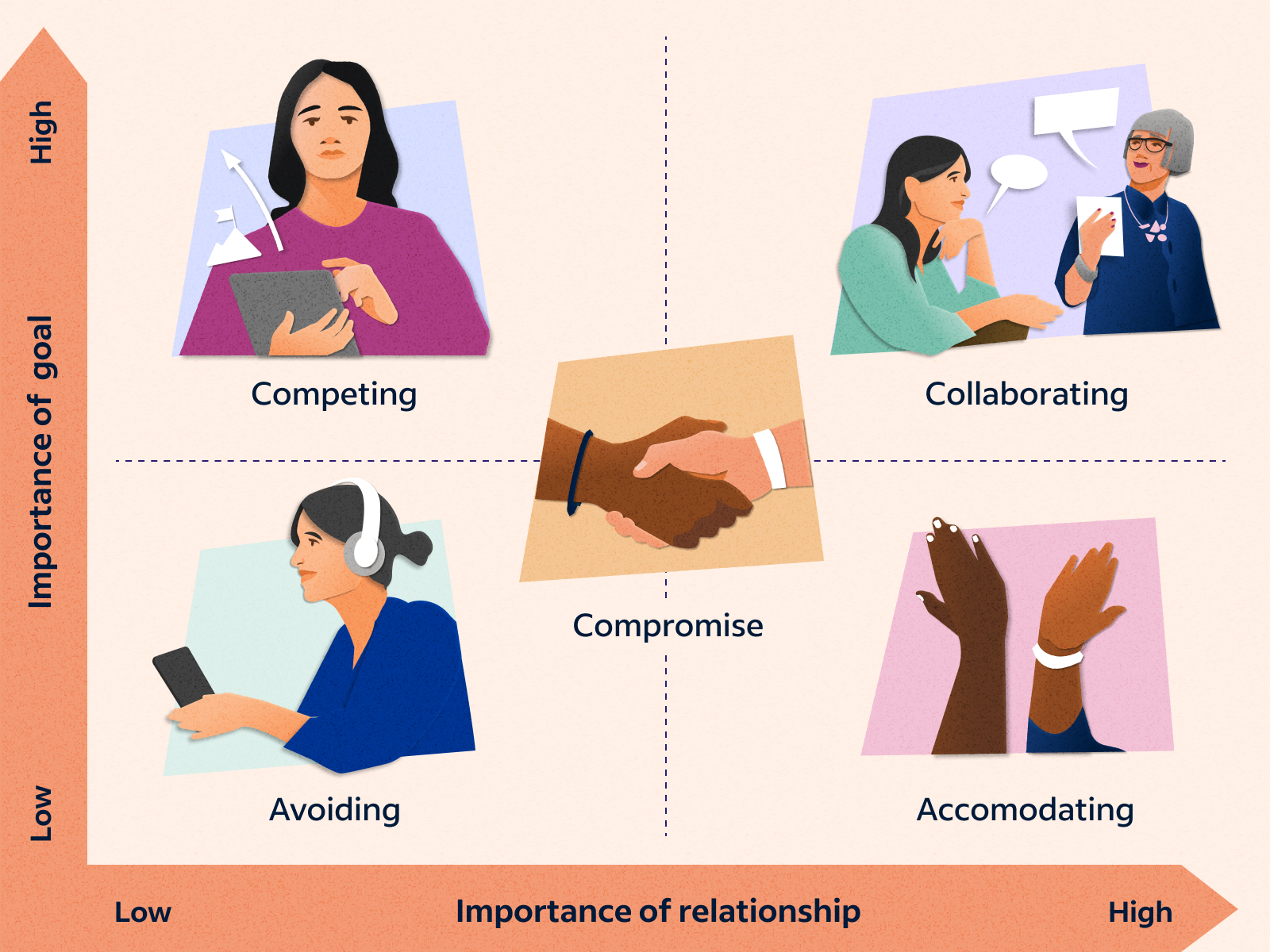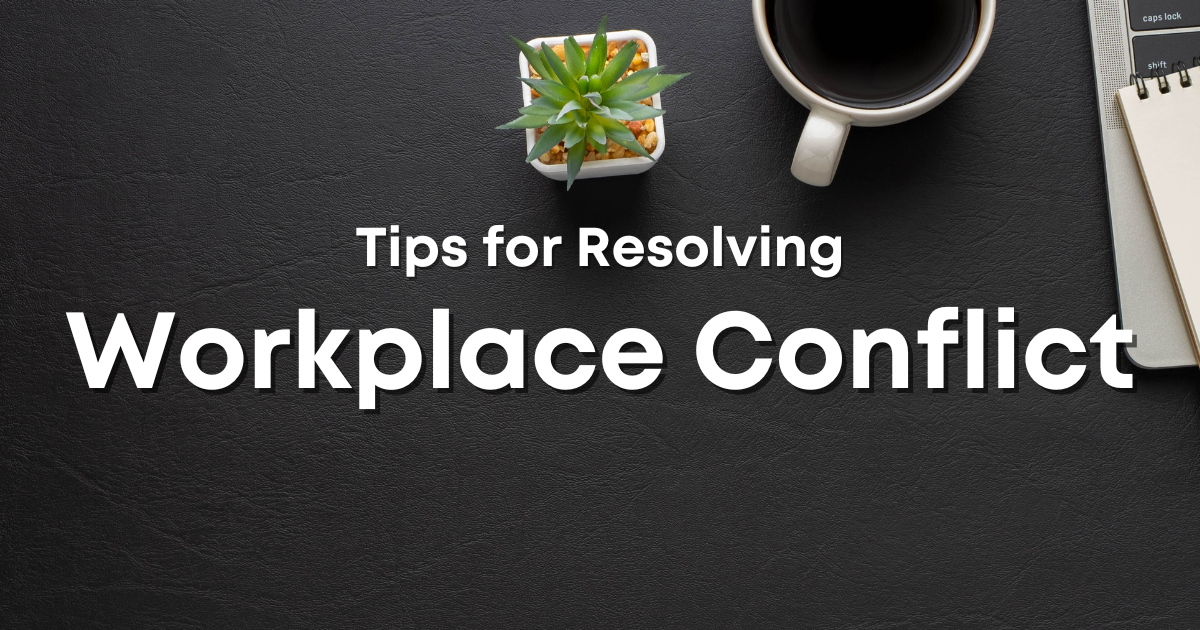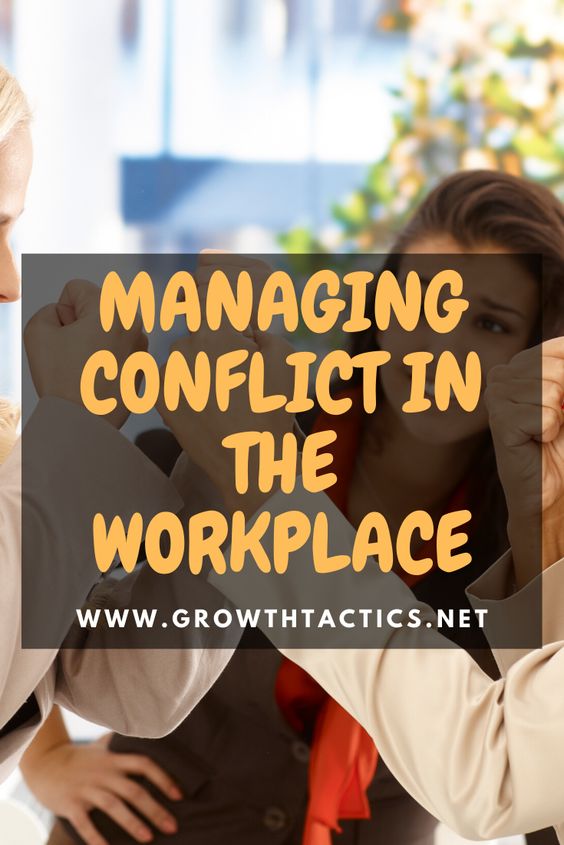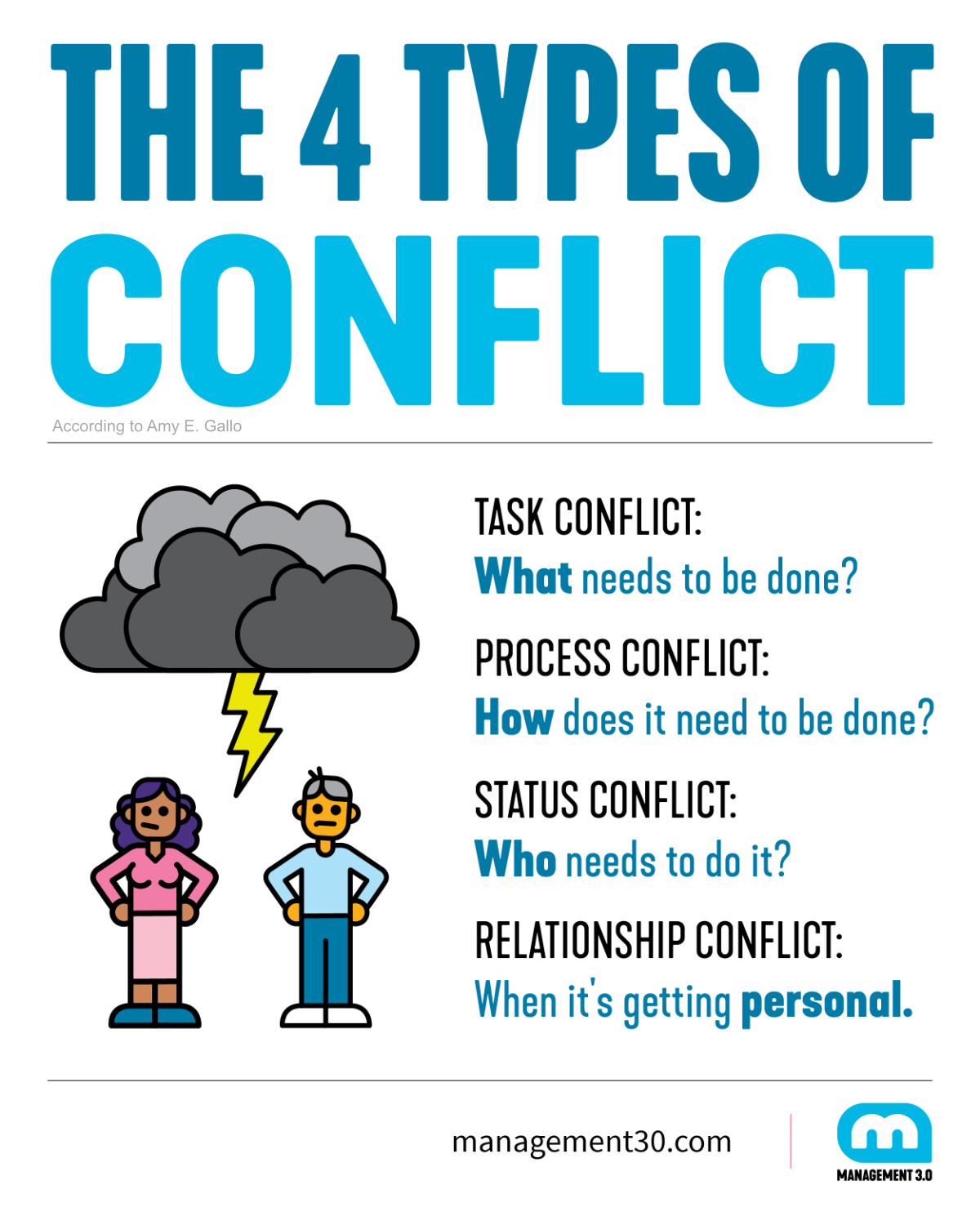How To Resolve Conflict Management In The Workplace
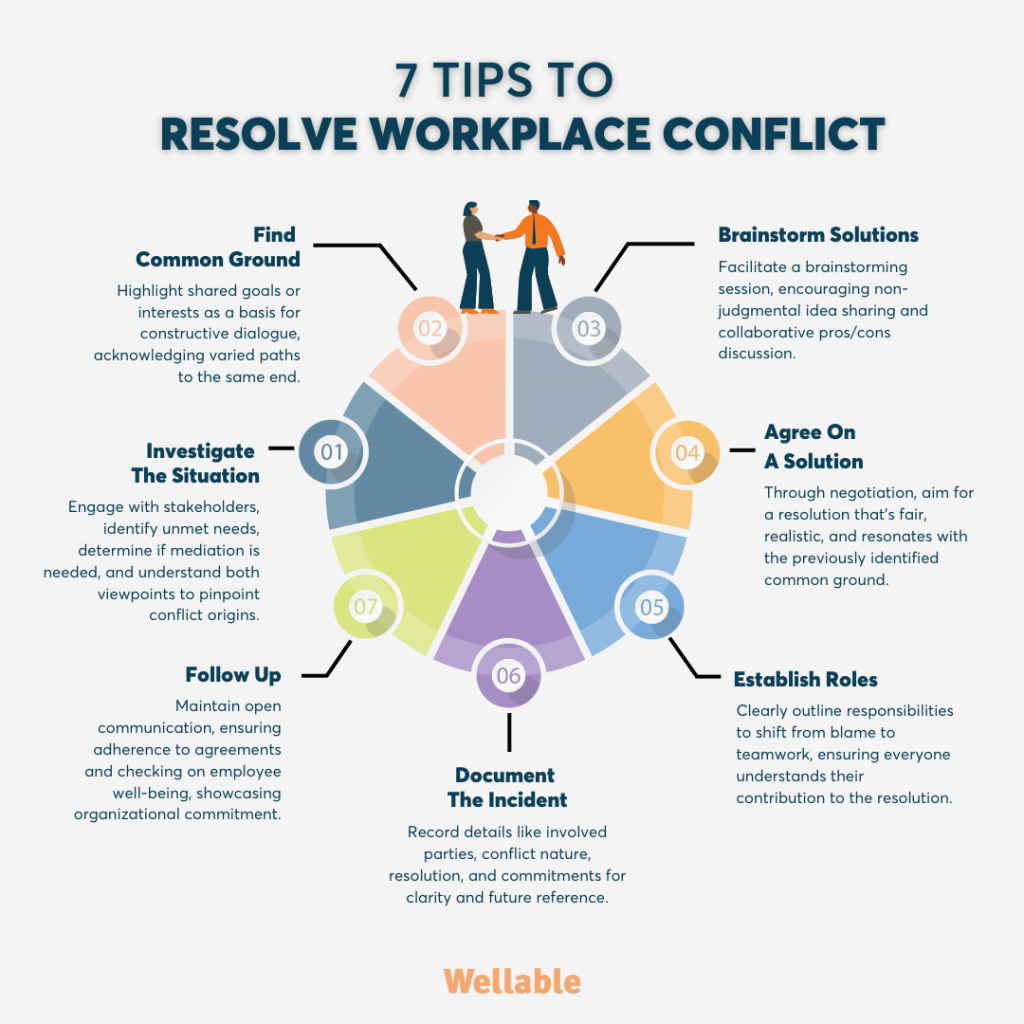
Workplace conflict, an inevitable aspect of collaborative environments, can range from minor disagreements to full-blown disputes, impacting productivity, morale, and even legal compliance. Understanding how to effectively manage and resolve these conflicts is crucial for fostering a healthy and productive work environment.
This article explores practical strategies and best practices for navigating workplace conflicts, drawing upon expert opinions and research in organizational psychology and human resources.
Understanding the Roots of Workplace Conflict
Conflicts often arise from differing perspectives, communication breakdowns, competition for resources, or personality clashes. The Society for Human Resource Management (SHRM) highlights that unresolved conflicts can lead to decreased employee engagement, increased absenteeism, and even costly litigation.
Identifying the underlying cause of a conflict is the first step toward resolution. Ignoring or suppressing conflicts often allows them to escalate, resulting in a more challenging resolution process.
Key Strategies for Conflict Resolution
1. Open Communication:
Encouraging open and honest communication is paramount. Creating a safe space where employees feel comfortable expressing their concerns and perspectives is essential.
Active listening, a technique emphasizing full attention and understanding of the speaker's message, can prevent misunderstandings and facilitate empathy. Consider incorporating formal communication training to improve skills in this area.
2. Mediation and Facilitation:
When direct communication fails, involving a neutral third party, such as a mediator or facilitator, can be beneficial. Mediators help parties find common ground and reach a mutually agreeable solution.
Human Resources (HR) professionals often play this role, providing a structured and impartial approach to resolving disputes. Some organizations also engage external mediators specializing in workplace conflict resolution.
3. Clear Policies and Procedures:
Having well-defined policies and procedures for addressing conflicts provides a framework for consistent and fair treatment. These policies should outline the steps involved in reporting, investigating, and resolving conflicts.
Equal Employment Opportunity Commission (EEOC) guidelines on discrimination and harassment are critical components of these policies. These policies should be readily available to all employees and regularly reviewed and updated.
4. Training and Development:
Investing in training programs that equip employees with conflict resolution skills can significantly reduce the frequency and severity of disputes. These programs can cover topics such as communication, negotiation, and emotional intelligence.
Emotional intelligence, or the ability to understand and manage one's own emotions and the emotions of others, is crucial for navigating difficult conversations and resolving conflicts constructively.
5. Focus on Common Goals:
Shifting the focus from individual positions to shared goals can help parties find common ground. Identifying overarching objectives that everyone can agree on fosters a collaborative mindset.
This approach encourages participants to work together to find solutions that benefit the entire team or organization. Sometimes, it requires reframing the issue and searching for creative solutions.
The Role of Leadership
Leaders play a vital role in setting the tone for conflict resolution within an organization. They should model constructive communication, demonstrate fairness, and actively address conflicts when they arise.
Leaders should also empower employees to resolve conflicts independently whenever possible. Creating a culture of trust and respect is key to fostering a healthy and productive work environment.
Potential Impact and Benefits
Effective conflict management can lead to increased employee satisfaction, improved teamwork, and enhanced productivity. A study by the University of Michigan found that companies with strong conflict resolution processes experienced lower employee turnover rates.
By proactively addressing conflicts, organizations can create a more positive and supportive work environment for all. Reduced stress and improved morale are further benefits.
Conclusion
Conflict is inevitable in any workplace, but it doesn't have to be detrimental. By implementing these strategies, organizations can transform conflicts into opportunities for growth and innovation.
Ultimately, effective conflict management is an investment in the well-being and success of both employees and the organization as a whole.
